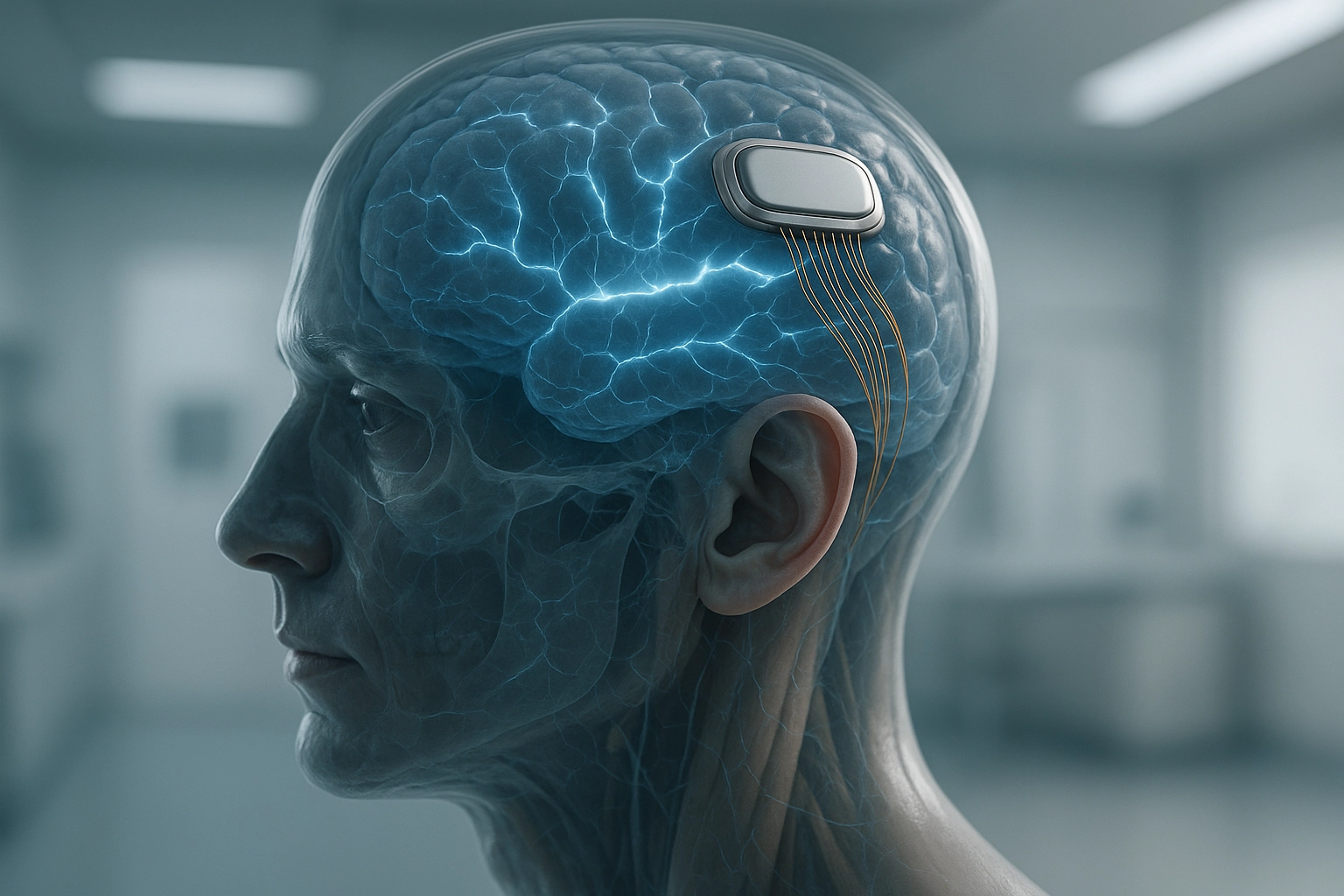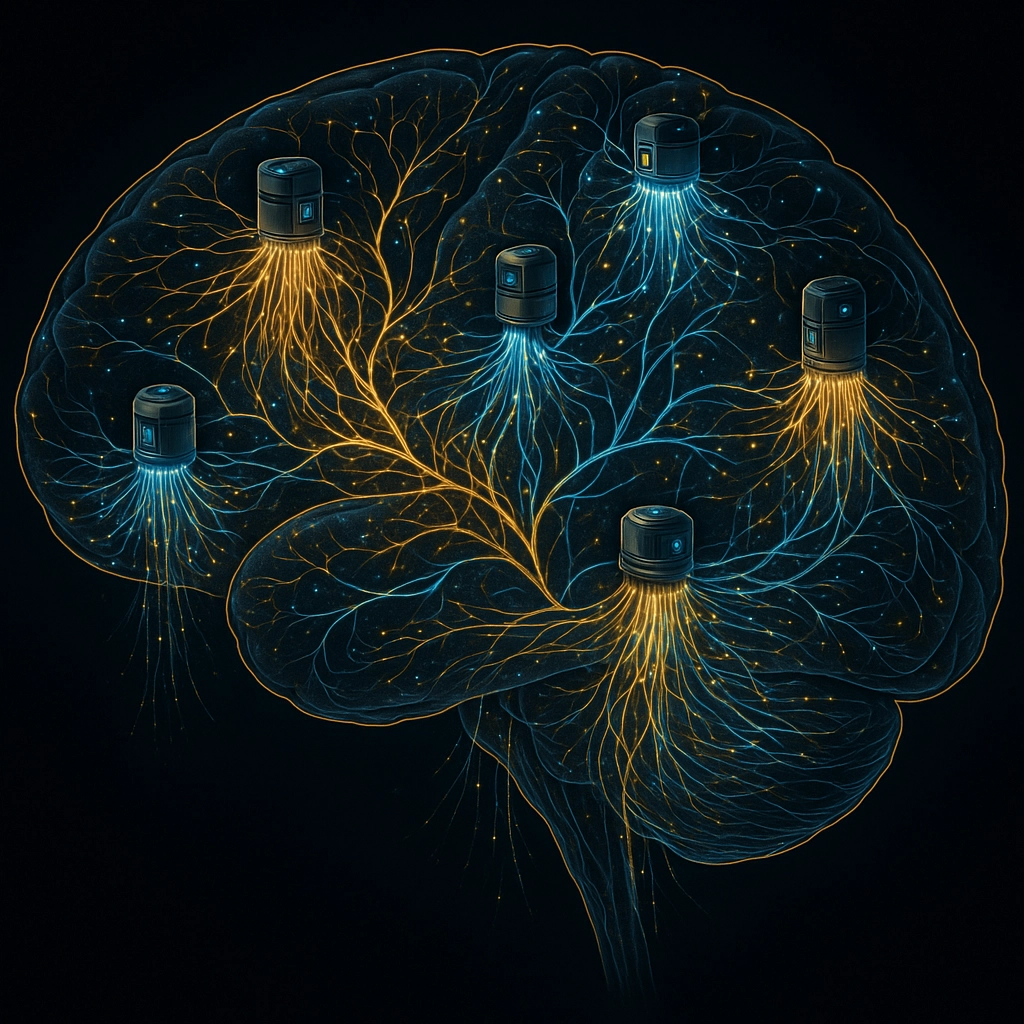Remember when moving a computer cursor with your mind was pure science fiction? Well, that future just became reality. Elon Musk's Neuralink has successfully enabled a paralyzed patient to control a computer using nothing but their thoughts. And honestly? The implications are way bigger than most people realize.
This isn't just another tech demo. We're talking about a genuine breakthrough that could change how humans interact with technology forever. Here are seven absolutely mind-blowing facts about what Neuralink just accomplished.
1. A Quadriplegic Person Now Controls Computers With Pure Thought
The first human to receive Neuralink's brain implant was someone with quadriplegia – meaning they couldn't move their arms or legs. Within just one week of surgery, this person was moving a computer cursor around the screen just by thinking about it.
Think about that for a second. No hands, no voice commands, no eye tracking. Just pure thought translated into digital action. The patient made a complete recovery from the surgical procedure and can now navigate computers in ways that seemed impossible just months ago.
This success proves the technology works in real human brains, not just laboratory animals. It's the difference between a cool experiment and actual medical treatment.
2. The Surgery Is Surprisingly Simple (And Invisible)
Here's something that might shock you: once the Neuralink implant is installed, you literally can't see it. The device sits flush with the skull, completely hidden under normal circumstances.

The entire procedure uses a precision surgical robot that makes the process minimally invasive. We're not talking about major brain surgery that requires months of recovery. Patients can start using their thoughts to control devices within a week.
My friend Sarah always joked that she'd never get any kind of brain surgery because she was terrified of looking like a sci-fi character with wires sticking out of her head. Well, Sarah – problem solved.
3. It Actually Reads Your Brain's Electrical Language
The technology behind this is genuinely fascinating. Neuralink's chip uses ultra-thin threads – thinner than human hair – that connect to specific areas of your brain through tiny electrodes.
These electrodes listen in on the electrical conversations your neurons are already having. Every time you think about moving your hand, your brain sends electrical signals. Neuralink just intercepts those signals and translates them into computer commands.
It's like having a universal translator for the language your brain already speaks. The chip doesn't change how you think – it just gives your thoughts a new way to interact with the digital world.
4. This Could Help Millions of People Right Now
Neuralink isn't just targeting quadriplegia. Their FDA-approved PRIME study is actively recruiting people with:
- Spinal cord injuries
- ALS (Lou Gehrig's disease)
- Severe mobility limitations
- Various neurological conditions
The immediate goal is restoring digital independence for people who've lost the ability to use traditional computers, smartphones, or tablets. For someone with ALS who's gradually losing muscle control, this technology could maintain their connection to the digital world long after their body stops responding.
That's potentially millions of people worldwide who could regain some form of technological interaction.
5. The Future Plans Are Absolutely Insane
By 2028, Neuralink wants to achieve more than 25,000 channels per implant. To put that in perspective, the current system is already revolutionary with far fewer connections.

But here's where it gets really wild: they're planning multiple implants that can access any part of the brain. We're talking about interfaces that could potentially address:
- Depression and anxiety disorders
- Chronic pain management
- Memory enhancement
- Direct AI integration
The ultimate vision? Hundreds of thousands or even millions of neural connections through multiple brain implants. That's not medical treatment anymore – that's human enhancement on a scale we've never seen.
6. Apple Is Already Preparing for Brain-Computer Interfaces
In May 2025, Apple quietly announced something huge: a BCI Human Interface Device protocol. This means Apple is already building the software infrastructure for brain-computer interfaces to work seamlessly with iPhones, iPads, and Macs.
Think about what this means. Apple doesn't build protocols for technologies that are decades away. They're clearly expecting brain-computer interfaces to become consumer products sooner rather than later.
Industry experts are predicting commercial BCIs could hit the market by 2030. That's just five years from now.
7. This Could Eventually Make Humans Superhuman
Here's the really mind-bending part: Neuralink's foundational technology isn't just designed to restore normal human capabilities. It's built to eventually let humans transcend biological limitations entirely.

Imagine downloading information directly into your brain instead of reading it. Or having instant access to the internet through pure thought. Or seamlessly collaborating with AI systems as if they were extensions of your own mind.
We're potentially looking at the first steps toward a future where the line between human intelligence and artificial intelligence becomes completely blurred. Not in some distant sci-fi future, but possibly within our lifetimes.
The successful human trial we just witnessed isn't the end goal – it's just the very beginning of what could become the most transformative technology in human history.
This raises some pretty big questions though. If you could enhance your brain with technology, would you do it? And more importantly – in a world where some people have superhuman cognitive abilities and others don't, what happens to equality and fairness?
What do you think – are we ready for a world where thinking really can make it so?







